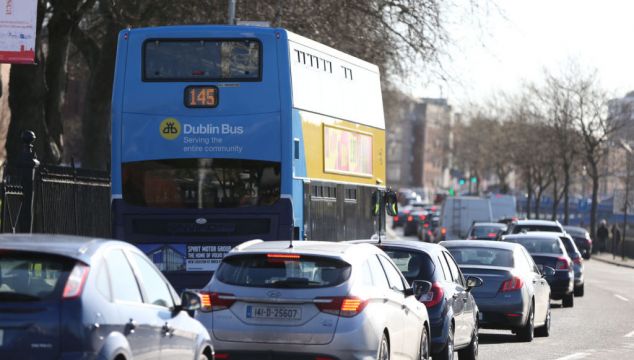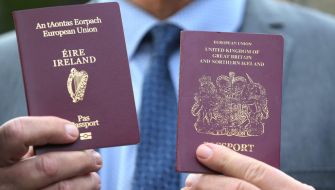More than 1,000 projects in development nationwide this year will enable more people to walk and cycle in their daily lives and prevent “a return to gridlock” as Covid-19 restrictions lift, according to the Department of Transport.
Some €289 million is to be spent on the 1,200 walking and cycling projects in villages, towns and cities in 2022, as the Minister for Transport plans an acceleration in active travel post-Covid.
Works this year will contribute to the development of almost 1,000 kilometres of new and improved walking and cycling infrastructure across the country by 2025.
Projects to be delivered this year include the Clontarf to city centre route in Dublin, MacCurtain Street in Cork, O’Connell Street in Limerick, the Salmon Weir Bridge in Galway, and the connection of the Waterford Greenway from Bilberry into the city centre.
Minister for Transport Eamon Ryan said it was vital the country takes advantage of “this unique moment” as it emerges from restrictions to change the way the population travels.
It is vital that we do not allow a return to gridlock as we come out of the pandemic
Advertisement
“I want us to now accelerate delivery of sustainable transport modes as we come out of the majority of Covid restrictions. It is vital that we do not allow a return to gridlock as we come out of the pandemic,” he said.
“We need to use the switch to remote working as an opportunity to reallocate road space to create a safer and more efficient transport system. Local authorities and the NTA have been provided with an unprecedented increase in funding for additional staff for active travel.
“I will be bringing forward further amendments to the Road Traffic and Roads bill in the coming weeks, which will also enable them progress experimental traffic management schemes and other measures which fast track active travel infrastructure.
“We need to be quick, to help reduce our climate emissions but also to use this unique moment in time to create a more attractive and safer local environment.”
‘Leave the car behind’
Schools will also benefit from the spending, Minister of State at the Department of Transport Hildegarde Naughton said, with 170 participating in the Safe Routes to School Programme and progressing plans for infrastructure “making it easier for children, parents and teachers to safely walk, cycle and scoot to school every day.”
Funding for the walking and cycling projects is being directed to local authorities by the National Transport Authority (NTA).
Anne Graham, chief executive of the NTA, said it will work with its partners in the local authorities “to ensure that the projects announced today become a reality as soon as possible” and to allow people to “leave the car behind.”
According to the Central Statistics Office (CSO), just under a third of trips are less than two kilometres, 57 per cent of which are made by car.
The new projects allowing people to walk and cycle in their daily lives will improve quality of life; make urban centres more attractive places to live, work and visit; and reduce carbon emissions, according to the Department of Transport.
Expenditure on active travel funded by the Department has quadrupled from around €45 million in 2019 to €184 million in 2021.







